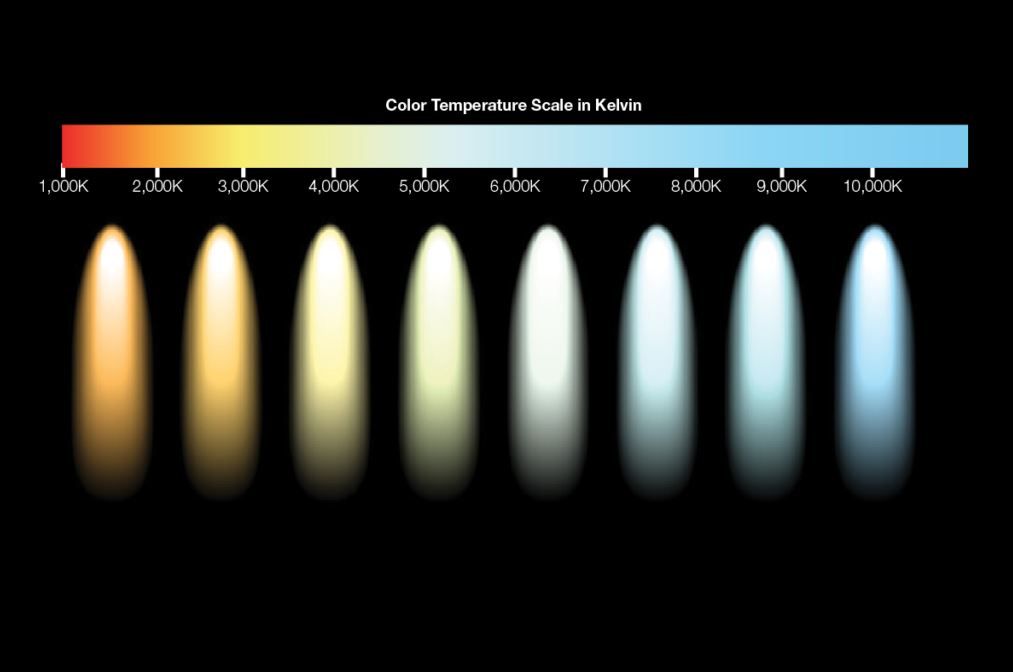Light and color as emotional design
Examining how illumination and tone shape atmosphere, perception, and the unseen language of photographs.

The character of light
Light is not neutral; it carries personality. Morning light speaks softly, while noon declares itself without apology. Twilight lingers, hesitant to depart. A photographer who listens to these variations begins to hear mood as clearly as brightness. In every frame, light defines not just visibility but emotion, it sets the psychological temperature of the image.
MicroGardenCore approaches light as a collaborator rather than a tool. Instead of forcing exposure to obey, we study its temperament. The mint palette used throughout this site symbolizes this approach: calm, balanced, open to reflection. It suggests a light that heals rather than interrogates, that invites understanding instead of glare.
Color as emotional architecture
Where light gives tone, color gives memory. Every hue carries narrative weight; it anchors experience within emotion. Warm tones like amber or rust evoke intimacy and nostalgia, while cooler hues like mint or slate convey distance and clarity. The relationship between them creates the story’s pulse. Adjusting saturation is like adjusting volume, too loud, and subtlety disappears; too soft, and emotion fades.
In photography, color decisions often occur after capture, yet they originate long before, in the photographer’s sensitivity to atmosphere. MicroGardenCore encourages the study of color not as decoration but as structure. Each hue becomes a wall or window through which the viewer enters the story. Mint, as the site’s guiding tone, reminds us that harmony is a form of empathy: color that listens before it speaks.
Shadow as structure
Every photograph depends on what it withholds. Shadow defines space, reveals texture, and anchors emotion. Without darkness, light cannot articulate form. To study shadow is to study restraint, the willingness to let parts of the image remain untold. In many ways, photography’s poetry lives in this half-illumination. A shadow isn’t absence; it is a contour of possibility.
MicroGardenCore treats shadow as architecture. It builds depth where light alone might flatten. In print and digital design, this principle becomes visible in the MintedFrame layout: soft drop shadows, gentle depth cues, and careful layering that mimic how light shapes physical reality. By translating optical laws into design, we create an atmosphere that feels both grounded and humane.
Harmony through contrast
Harmony in color is rarely the result of sameness, it emerges from contrast held in balance. A photograph rich in tonal opposition still feels peaceful when relationships between hues are deliberate. Warm and cool tones complement each other the way melody complements rhythm. The secret is proportion. MintedFrame’s palette uses restraint to keep energy controlled, letting accent colors appear only when they can breathe. This design philosophy mirrors good photographic practice: simplicity as sophistication.
Contrast also functions temporally. In a sequence of images, alternating warm and cool compositions creates rhythm across time. The viewer experiences the emotional equivalent of inhale and exhale. Such pacing allows stories to feel complete without becoming predictable.
Perception and adaptation
Human perception constantly adapts to light and color, recalibrating what it considers neutral. This flexibility can be used intentionally by photographers to manipulate mood. After staring at a warm-toned scene, the eye perceives the next cool image as even cooler. By guiding this adaptation consciously, creators can orchestrate emotional flow. Color grading, therefore, becomes less about correction and more about choreography, a dance between physiology and feeling.
MicroGardenCore embraces this awareness to remind artists that the camera never truly captures color; it interprets it. Each frame becomes an interpretation of perception itself. Understanding this limits the illusion of objectivity and replaces it with the beauty of translation.
Conclusion: the quiet spectrum
Light and color are the quiet architects of emotion. They build atmosphere invisible to language but instantly legible to the heart. When photographers learn to see light as character and color as voice, their images begin to breathe. The aim is not perfection of exposure but precision of feeling, translating perception into empathy.
MicroGardenCore’s visual philosophy closes where it began: in attentiveness. By understanding light’s temperament and color’s memory, we return to the essence of photography, seeing not to record, but to understand. Within that understanding lies beauty that never fades.
